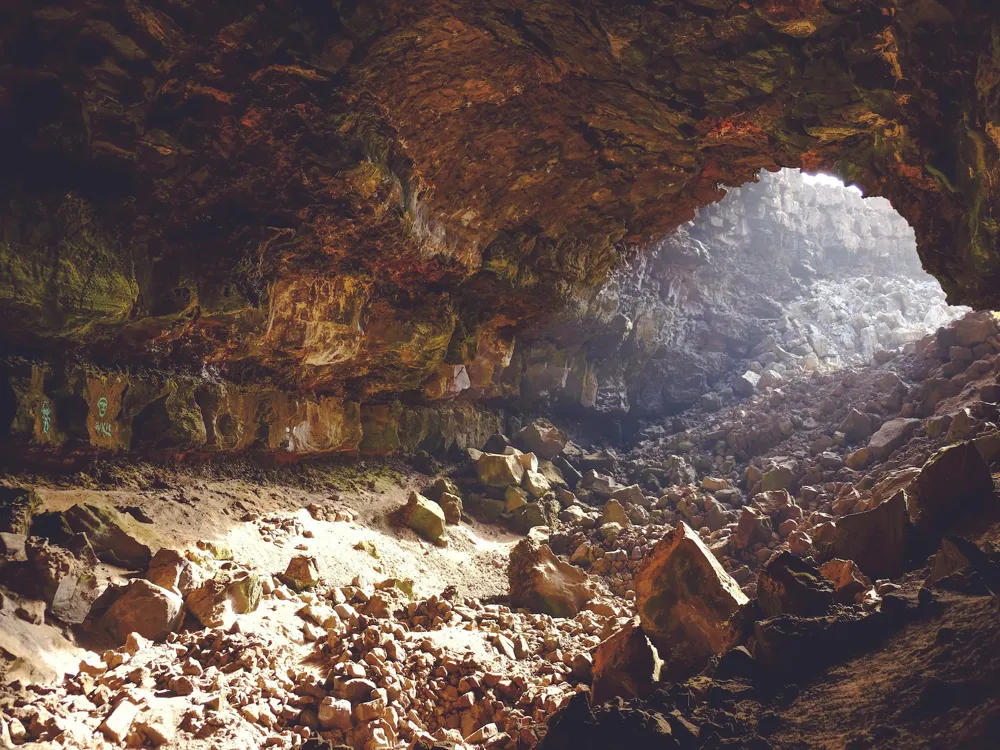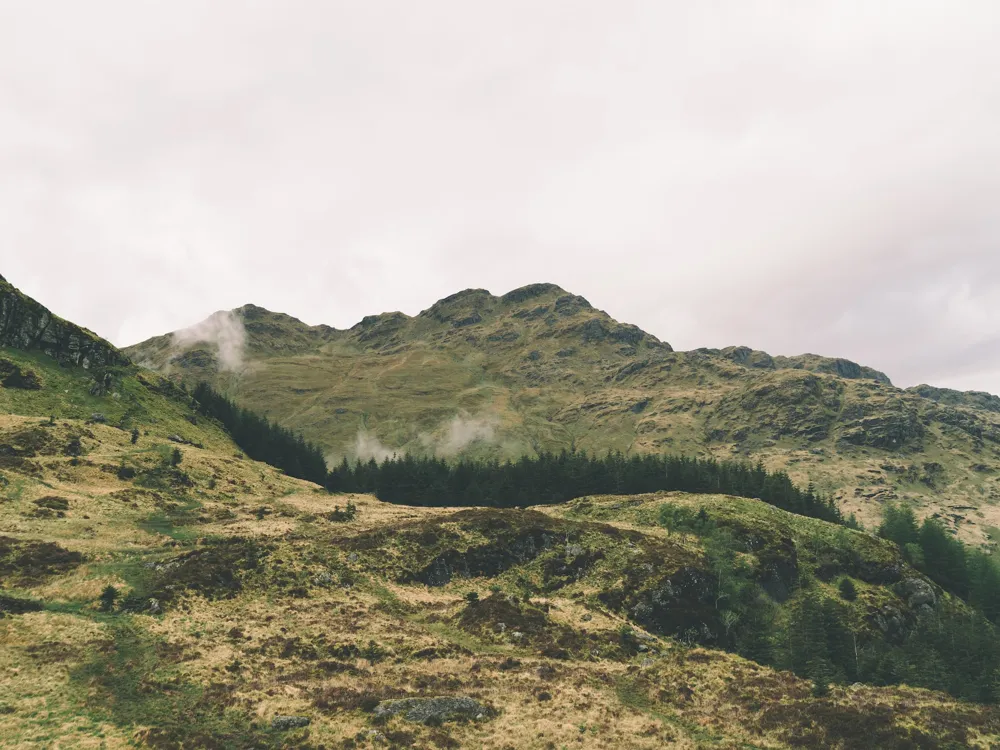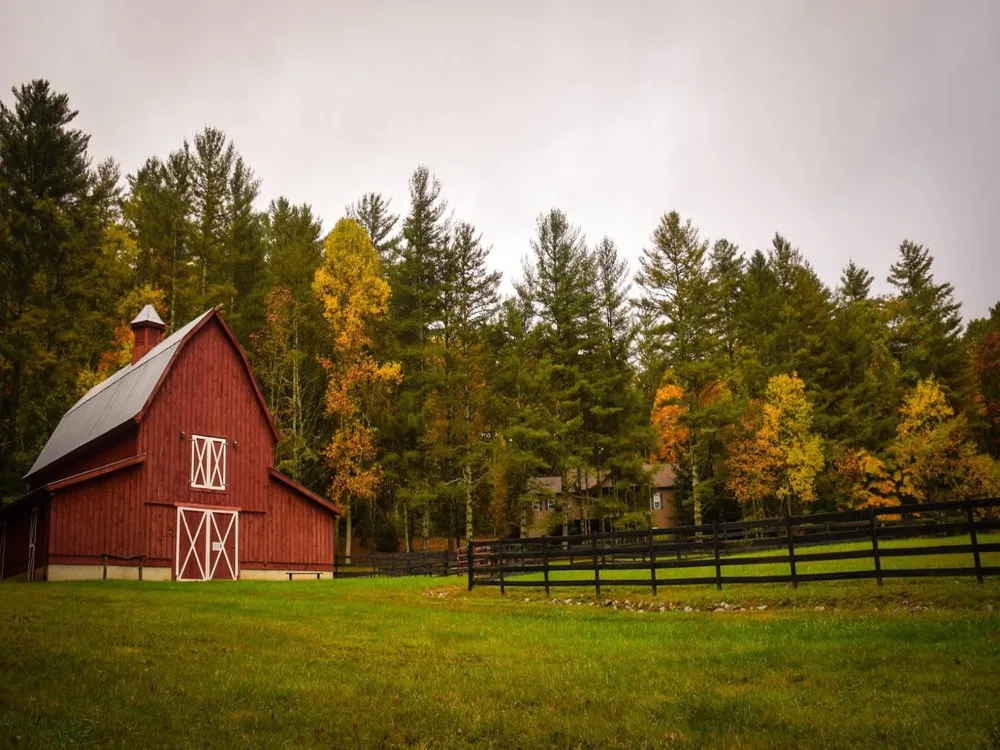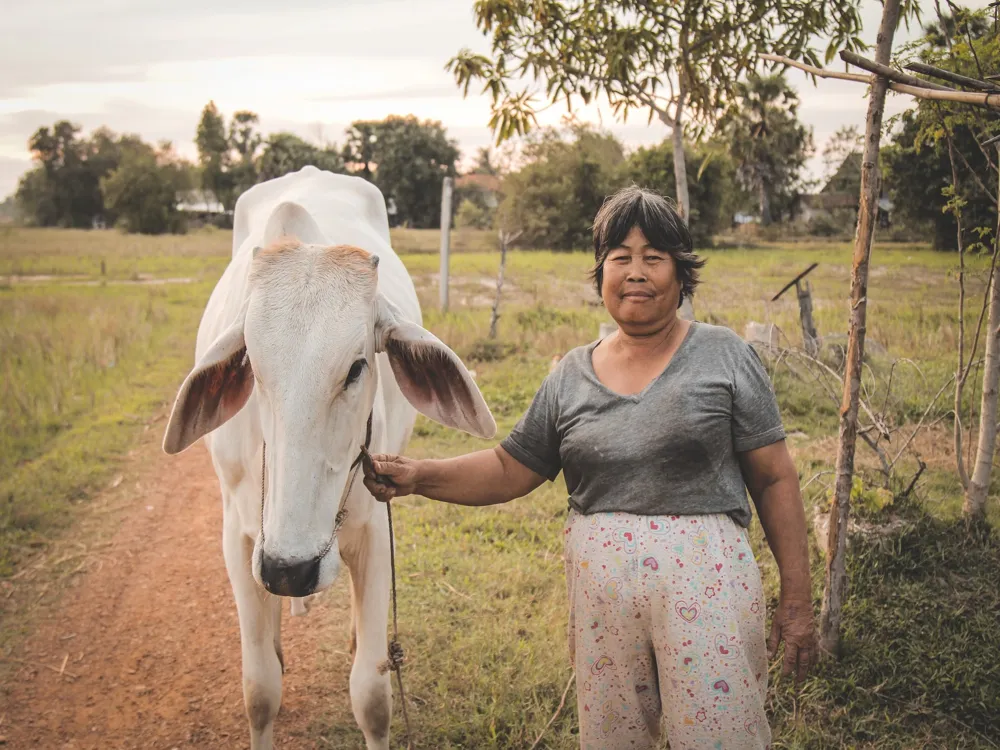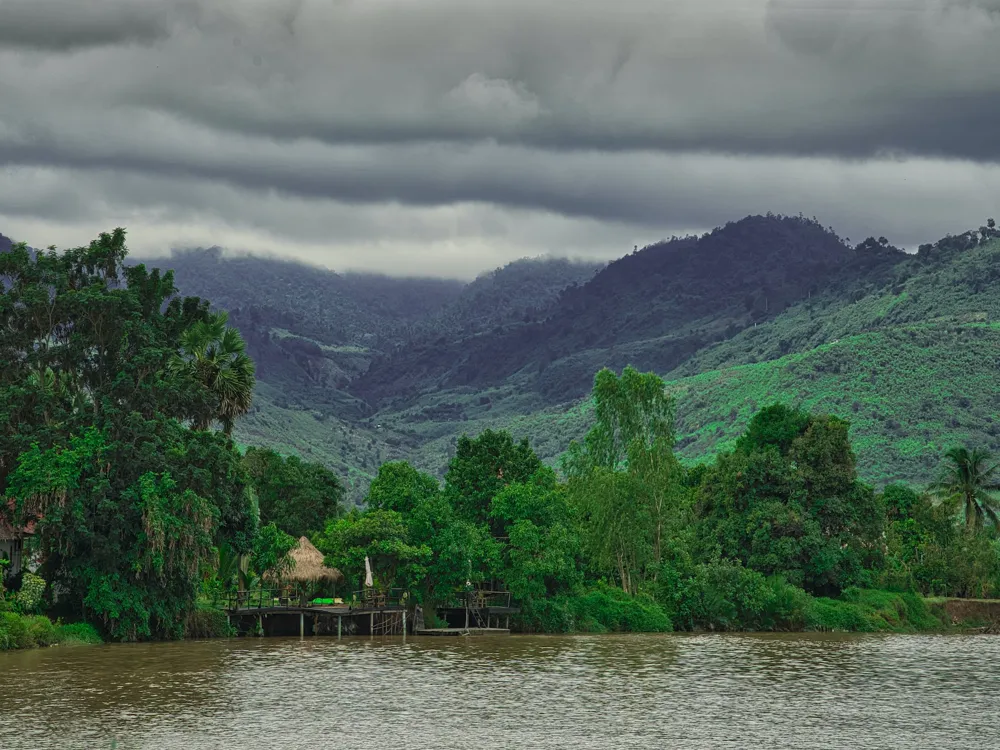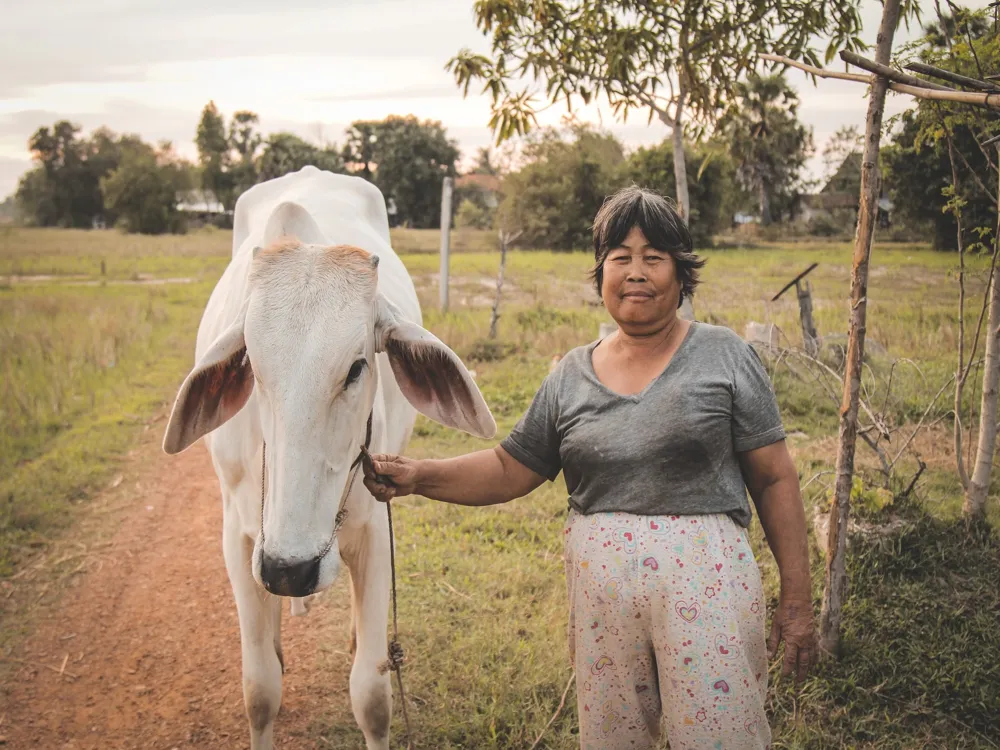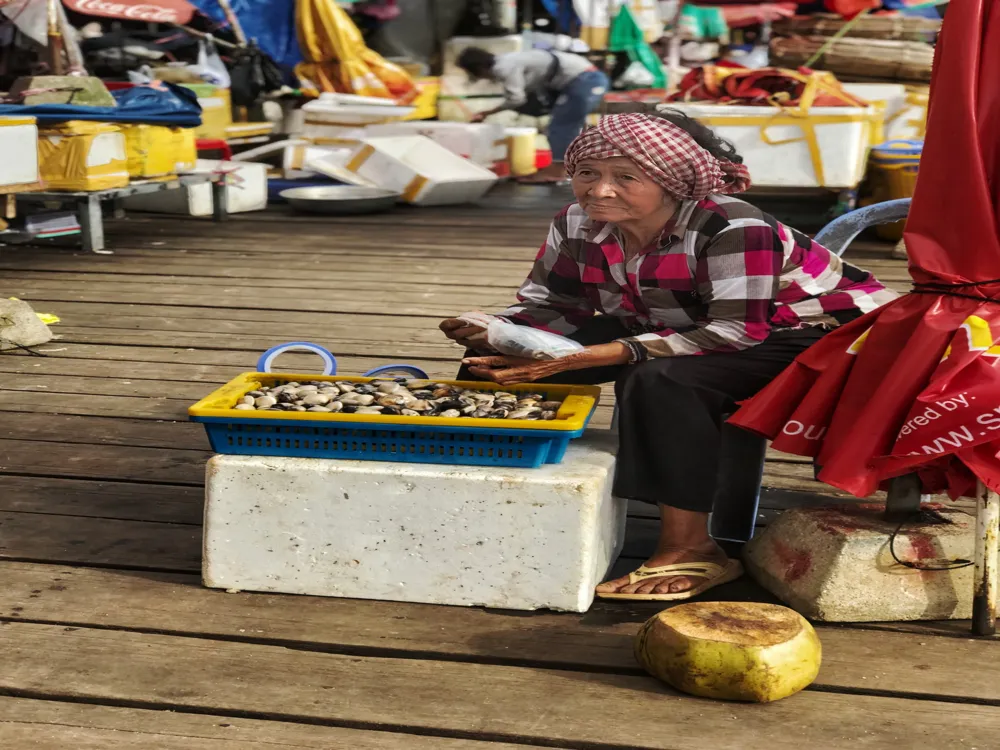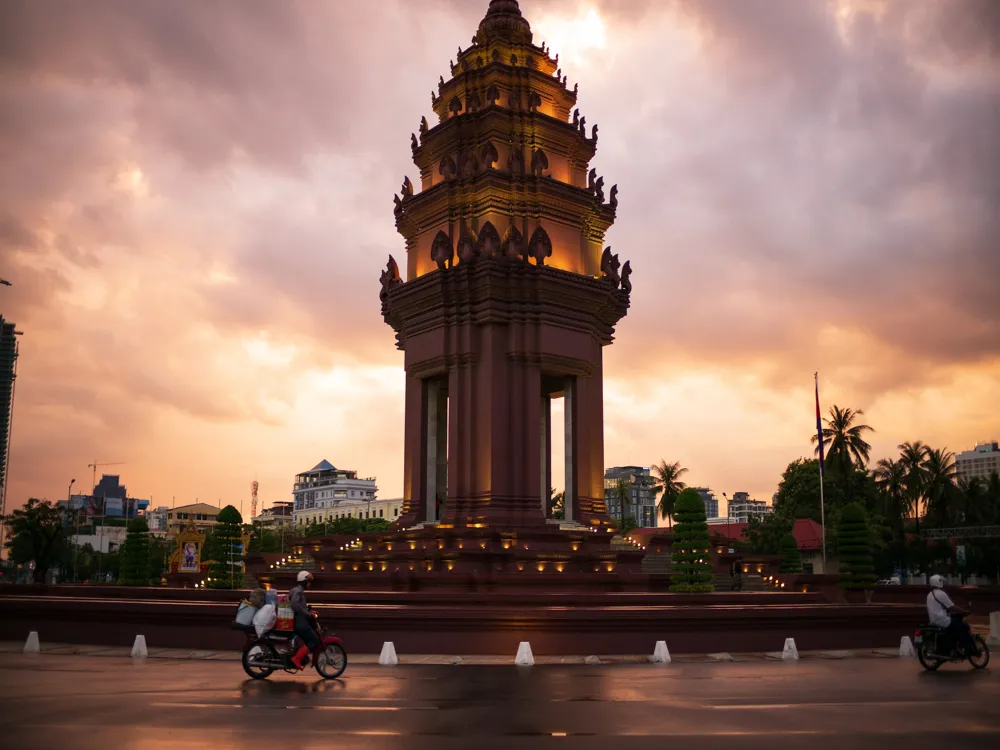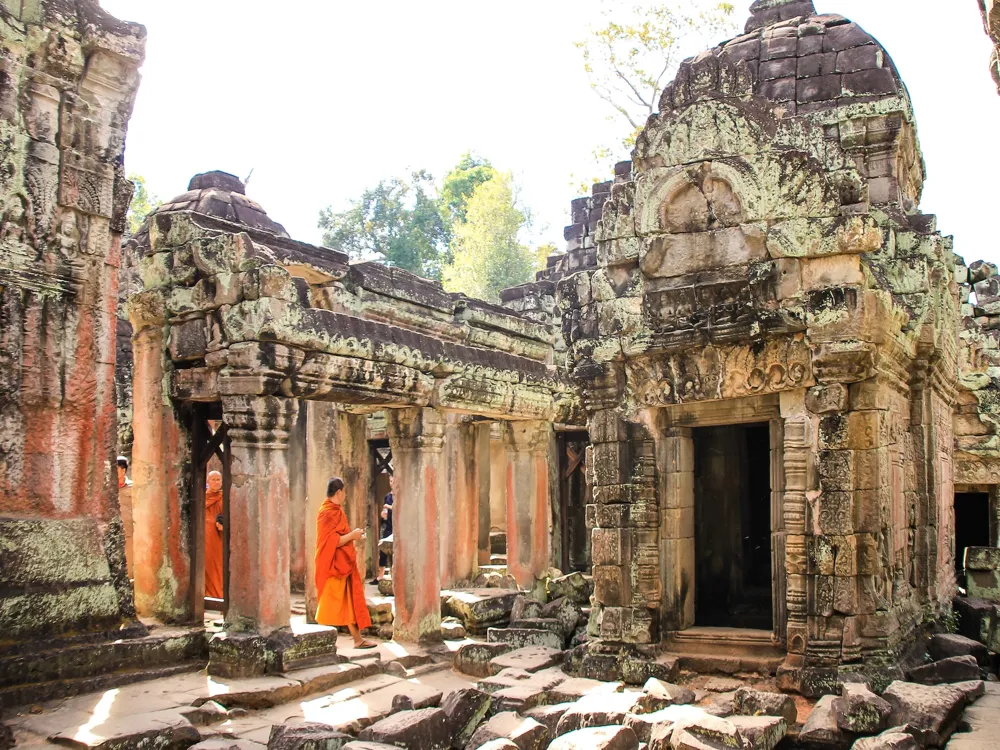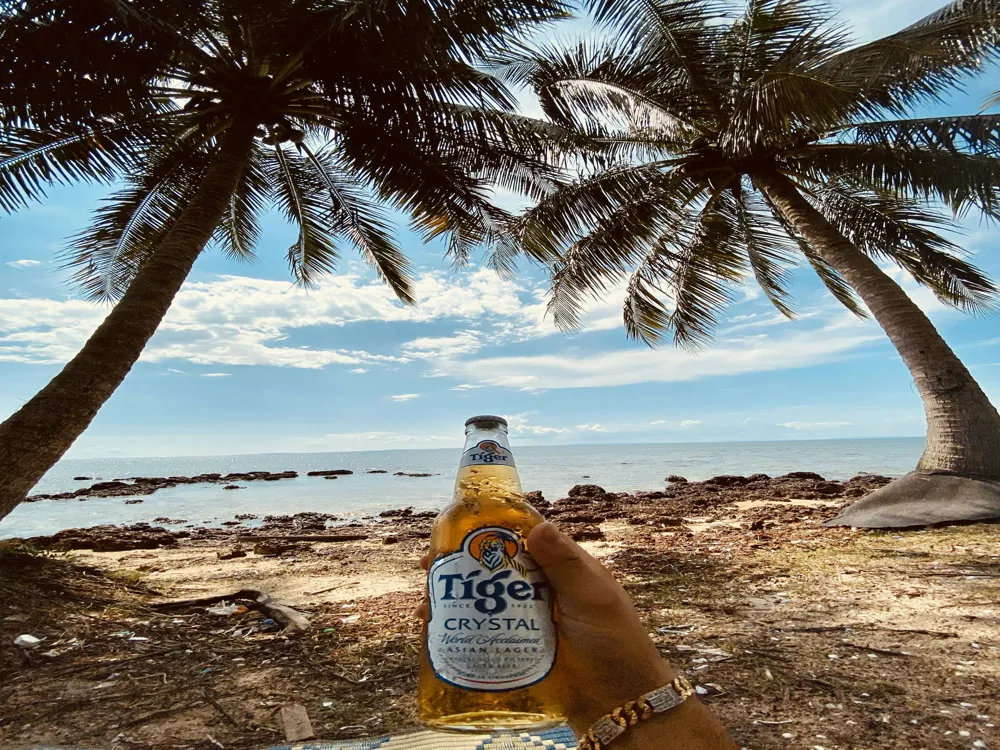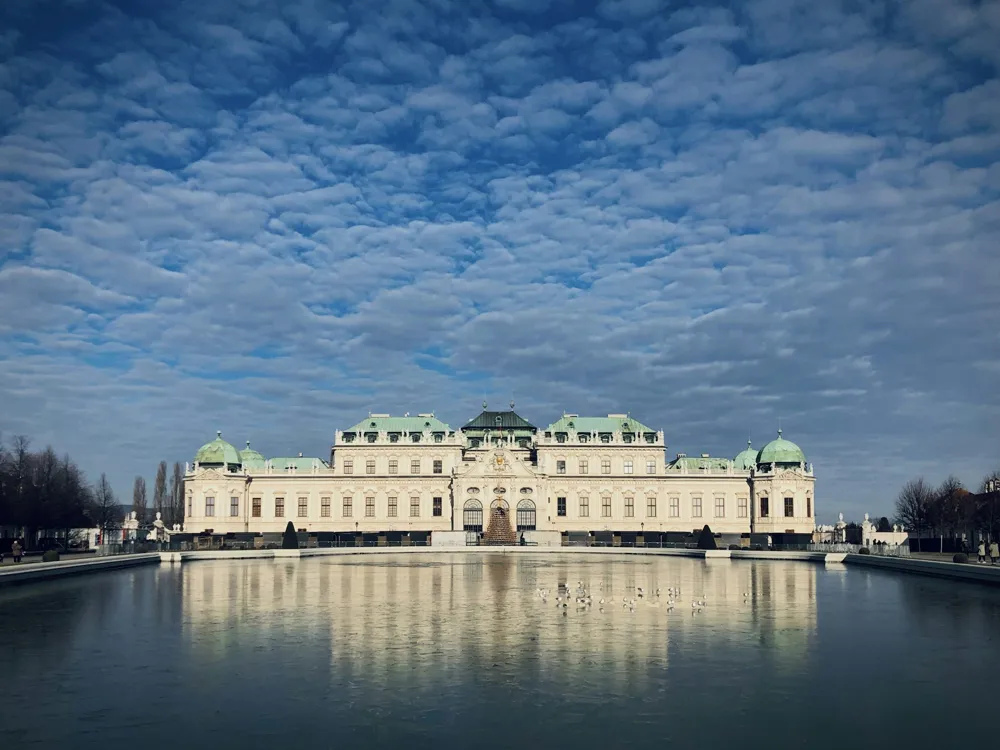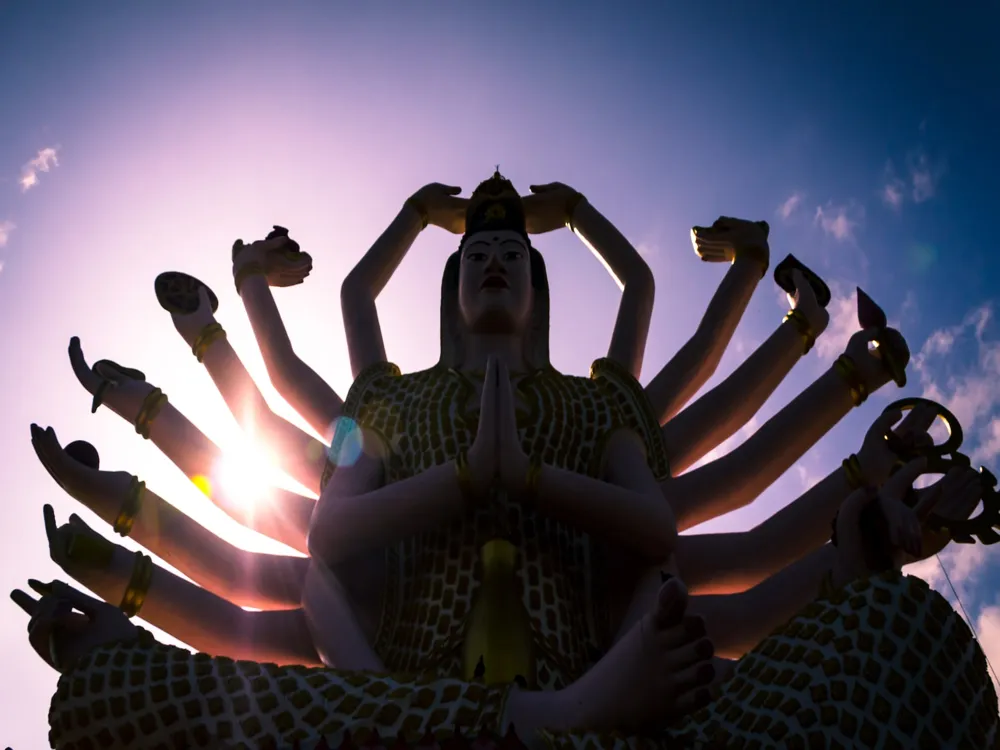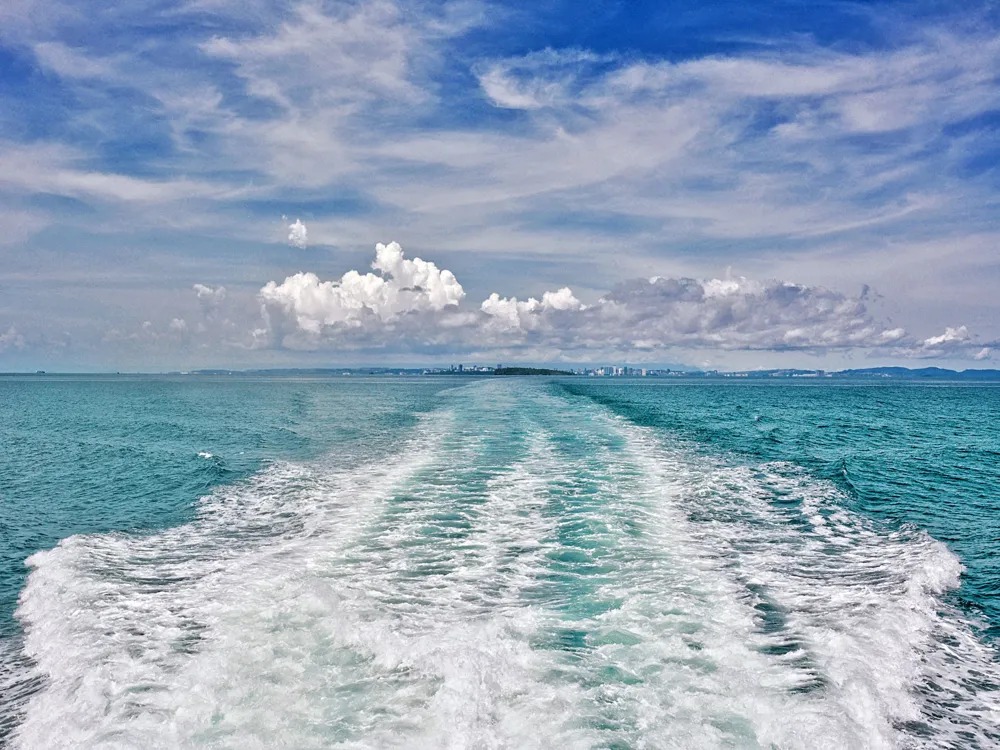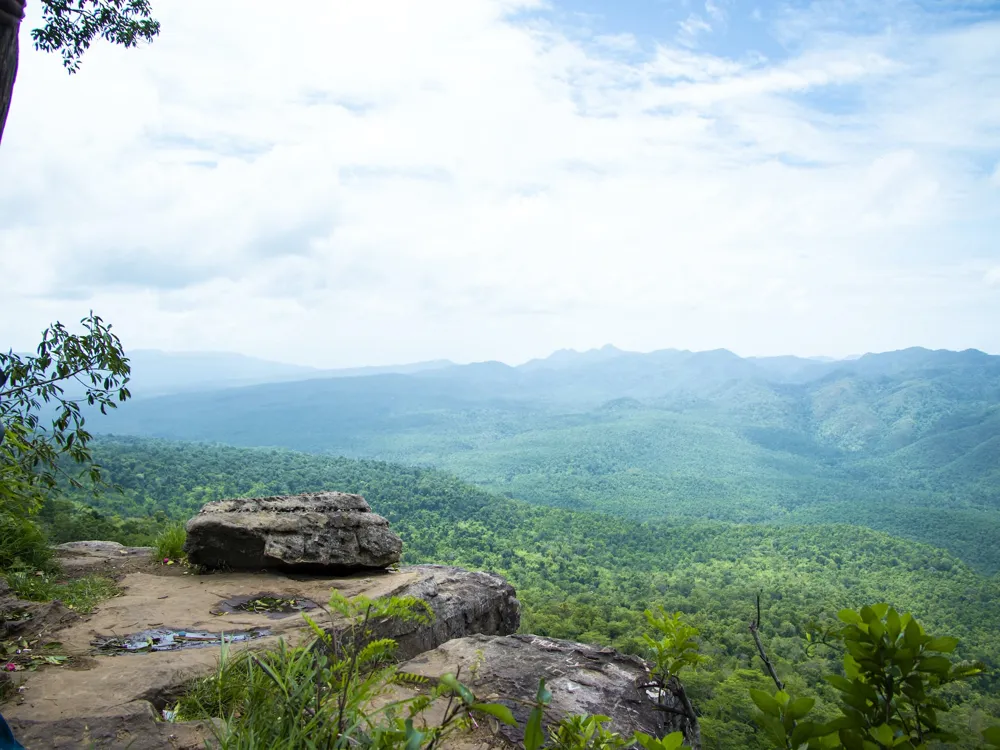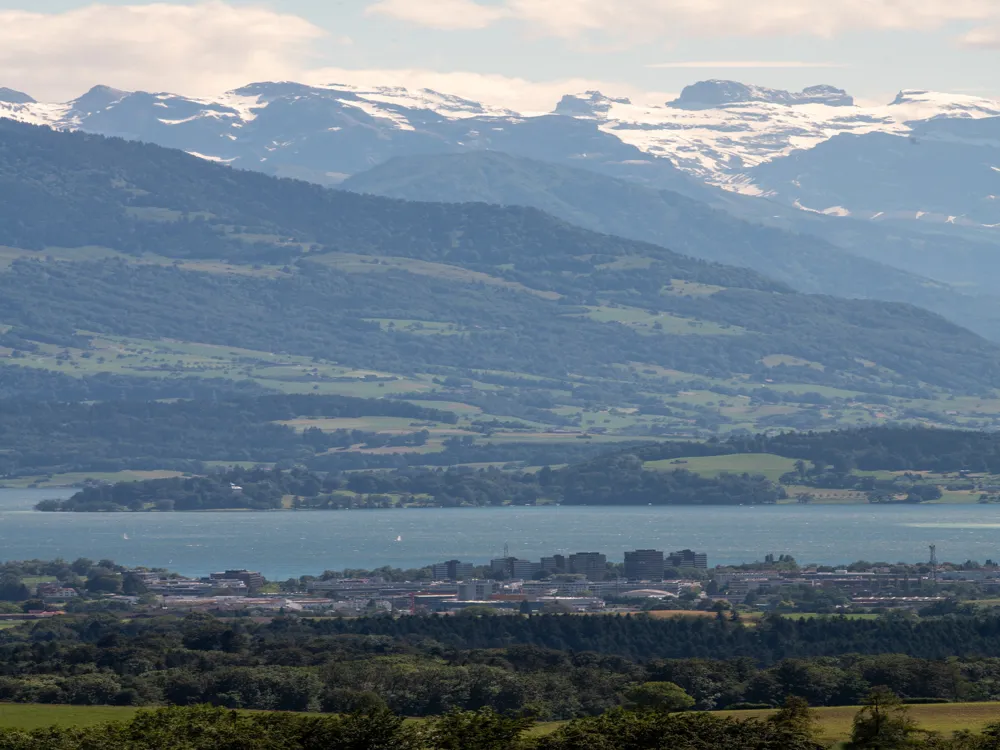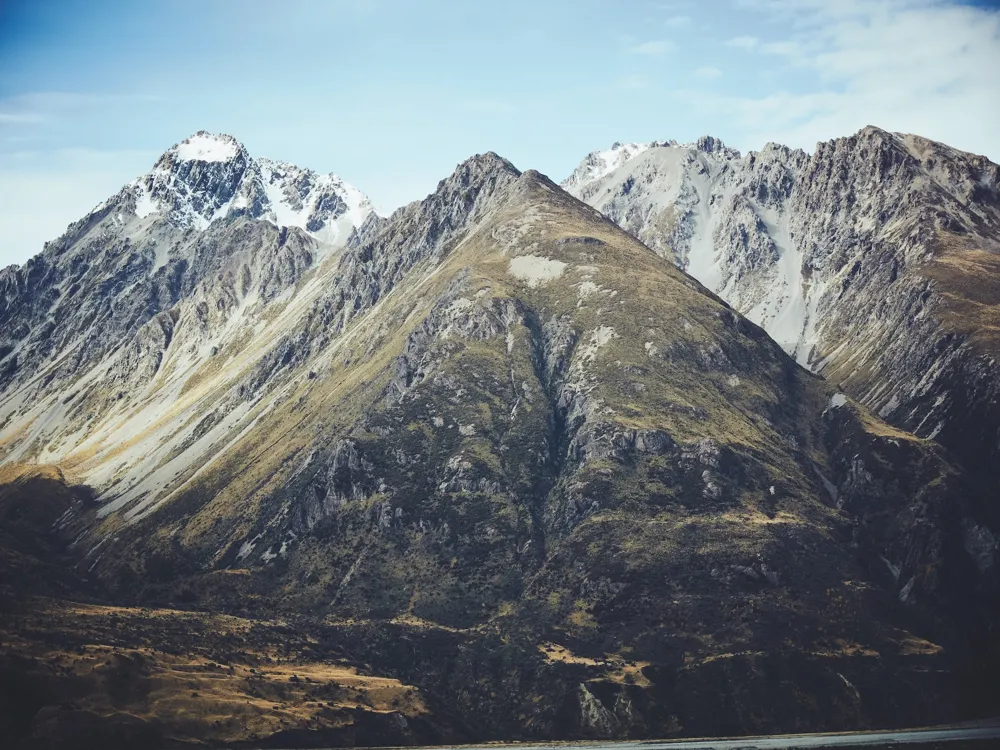Stand-up paddle boarding (SUP) in Kampot, Cambodia, offers a unique way to explore the serene riverside landscapes and rich cultural heritage of the region. This water sport has gained immense popularity due to its accessibility to people of all skill levels and ages. Paddleboarding in Kampot is not just a sport; it's an experience that combines adventure, tranquility, and the opportunity to connect with nature. Kampot's river, with its calm waters and picturesque surroundings, provides an ideal setting for stand-up paddle boarding. The experience is further enhanced by the stunning views of Bokor Mountain and the lush greenery along the riverbanks. Whether you're a beginner or an experienced paddler, the Kampot River offers a variety of experiences, from leisurely paddles to more challenging excursions. The culture of stand-up paddle boarding in Kampot is deeply intertwined with the local way of life. Paddlers often witness traditional fishing techniques, encounter local river communities, and explore hidden mangroves. The sport has also played a role in promoting eco-tourism in the area, encouraging a deeper appreciation for the natural and cultural beauty of Kampot. Additionally, the SUP community in Kampot is welcoming and diverse, consisting of both locals and tourists. This creates a vibrant and inclusive atmosphere, where knowledge and experiences are shared, and lifelong friendships are forged. Stand-up paddle boarding in Kampot is more than just a sport; it's a gateway to discovering the heart and soul of this charming Cambodian town. The architecture of stand-up paddle boarding in Kampot is characterized by a blend of traditional Khmer influences and modern aquatic innovations. This unique combination is evident in the design of the paddle boards, the infrastructure surrounding the sport, and the overall approach to paddle boarding in the region. Traditional Khmer elements can be seen in the craftsmanship of some paddle boards used in Kampot. These boards often feature intricate designs and patterns that reflect Cambodia's rich artistic heritage. Local artisans sometimes customize boards, adding a touch of local culture and history to the paddle boarding experience. Modern aspects of SUP architecture in Kampot include the use of advanced materials and designs in paddle boards, ensuring durability, stability, and performance. These boards are designed to handle the specific conditions of the Kampot river, offering a balance between maneuverability and ease of use for paddlers of all levels. The infrastructure supporting stand-up paddle boarding in Kampot is also a blend of traditional and modern elements. Paddleboarding schools and rental shops are often housed in buildings that reflect the architectural heritage of the region, with some facilities located in restored colonial-era structures. These establishments not only provide equipment and training but also serve as cultural hubs, where paddlers can learn about the history and traditions of Kampot. The architecture of SUP in Kampot extends to the layout of paddle routes and tours. These routes are thoughtfully designed to showcase the natural beauty and cultural landmarks of the region, offering paddlers a unique perspective on Kampot's landscapes and heritage. Select a paddle board that suits your skill level and the type of paddling you plan to do. Beginners may prefer wider, more stable boards, while experienced paddlers might opt for narrower, faster boards. Additionally, ensure that your paddle is the right length for your height. Before heading out, it's important to check the weather forecast and water conditions. Ideal conditions for paddle boarding in Kampot are calm waters with minimal wind. Be mindful of currents and tides, especially if you are a beginner. While enjoying the beauty of Kampot, be respectful of the local culture and environment. Avoid littering, respect wildlife, and be considerate of local communities living along the river. Preserving the natural beauty of Kampot is crucial for sustainable tourism. The Cambodian climate can be hot and sunny. Make sure to stay hydrated and protect yourself from the sun with sunscreen, a hat, and sunglasses. It's also a good idea to wear comfortable clothing suitable for water activities. Kampot is accessible by road from major cities like Phnom Penh and Sihanoukville. Once in Kampot, you can reach the paddle boarding locations along the river by tuk-tuk, taxi, or rented bicycle. Many paddle boarding schools and rental shops are located near the town center, making them easily accessible for visitors. For international travelers, the nearest airport is in Phnom Penh. From there, you can take a bus, a private taxi, or a domestic flight to Kampot. It's recommended to arrange your transportation in advance, especially during peak tourist seasons. Read More: Overview of Stand-Up Paddle Boarding in Kampot
Architecture of Stand-Up Paddle Boarding in Kampot
Tips When Visiting Stand-Up Paddle Boarding in Kampot
Choose the Right Equipment
Check Weather and Water Conditions
Respect Local Culture and Environment
Stay Hydrated and Protected
How To Reach Stand-Up Paddle Boarding in Kampot
Stand Up Paddle boarding
Kampot
NaN onwards
View kampot Packages
Weather :
Tags : Beach
Timings : 8:30 AM and 3:30 PM
Time Required : 3 hours
Planning a Trip? Ask Your Question
Kampot Travel Packages
View All Packages For Kampot
Top Hotel Collections for Kampot

Private Pool

Luxury Hotels

5-Star Hotels

Pet Friendly
Top Hotels Near Kampot
Other Top Ranking Places In Kampot
View All Places To Visit In kampot
View kampot Packages
Weather :
Tags : Beach
Timings : 8:30 AM and 3:30 PM
Time Required : 3 hours
Planning a Trip? Ask Your Question
Kampot Travel Packages
View All Packages For Kampot
Top Hotel Collections for Kampot

Private Pool

Luxury Hotels

5-Star Hotels

Pet Friendly







